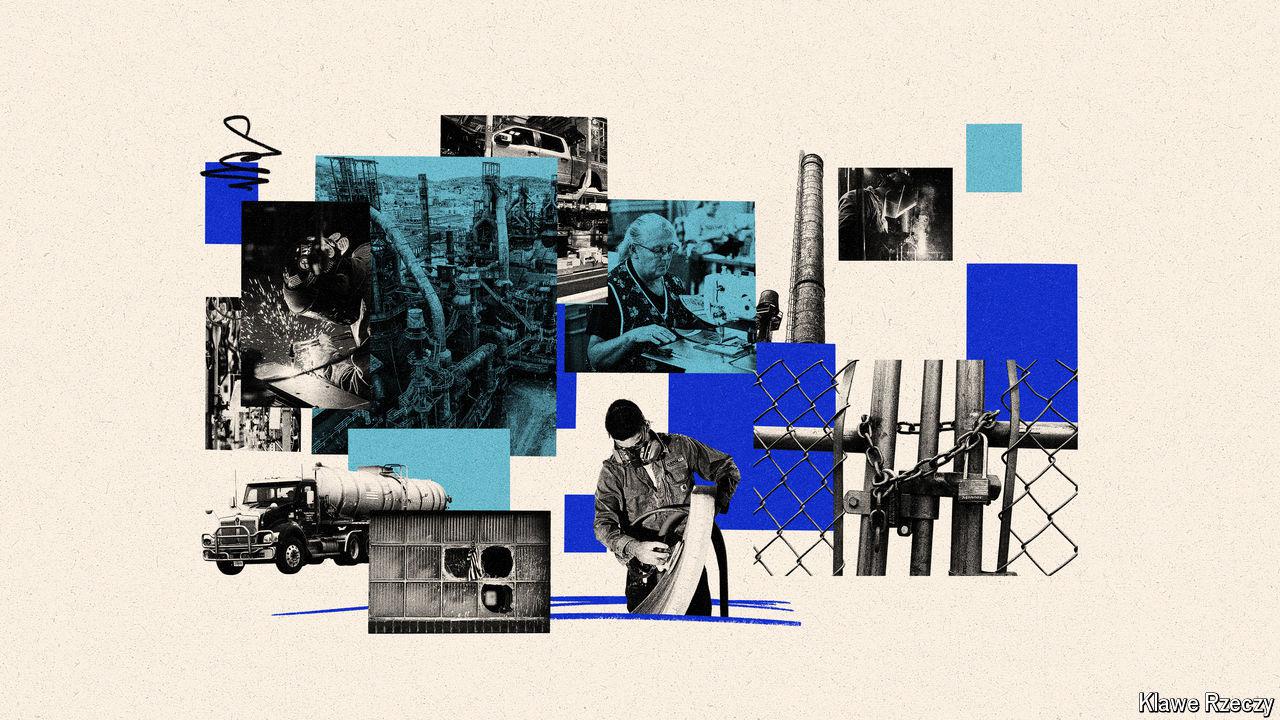
A collage featuring pictures of the manufacturing sector in swing states.
2024-08-08 1124词 困难
In the decades before Mr Trump’s election in 2016, few groups fared worse than men without a high-school education—one definition of the left-behind. The decline of America’s manufacturing sector closed off economic opportunities to workers whose hard and soft skills were weak. In 1979 a man with a college education earned about 60% more a week than one who had dropped out of high school. By 2016 the “college-wage premium” was 170% (see chart). The relative risk of unemployment grew. Thousands dropped out of the labour force entirely. Much of this economic misery was concentrated in out-of-the-way, unfashionable places, in parts of rustbelt states such as Michigan and Ohio, which received little attention from either politicians or the national press.
经济学人和华尔街日报的文章是会员专属
请加入会员以继续阅读完整文章
成为会员后您将享受无限制的阅读体验,并可使用更多功能
免责声明:本文来自网络公开资料,仅供学习交流,其观点和倾向不代表本站立场。